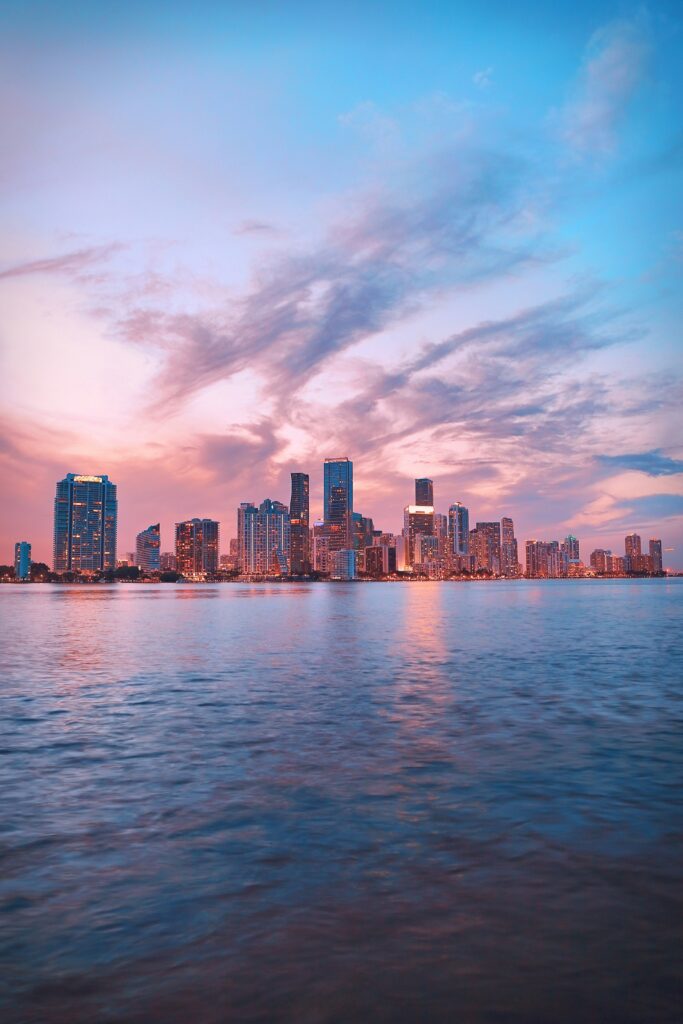Now Reading: Read to Know: Make in India Policy
-
01
Read to Know: Make in India Policy
Read to Know: Make in India Policy
In the changing economy of the world, every country is trying to regain its momentum from the prolonged economic slowdown in the global, and India is trying to bring out all feasible plans to eradicate economic disparity in the country and boost economic growth and employment.
Soon after the Mangalyan was launched into space, on 25th September, 2014, Union Government under Prime Minister Narendra Modi’s directive launched Make in India flagship. The flagship focuses on pushing forward the manufacturing sector. It includes attracting overseas companies to set up their manufacturing units in India, as well as encouraging domestic companies to increase production within the country.
The flagship aims to attract Foreign and technological investments, and the same the time it also aims for maintaining high standards and preserving the environment through judicious usage of nature’s gift.
Major sectors on which Make in India has its focus
- Automobiles
- Automobile Components
- Aviation
- Biotechnology
- Chemicals
- Construction
- Defense manufacturing
- Electrical Machinery
- Electronic systems
- Food processing
- Information Technology and Business process management
- Leather
- Media and entertainment
- Mining
- Oil and gas
- Pharmaceuticals
- Ports and shipping
- Railways
- Renewable energy
- Roads and highways
- Space
- Textiles and garments
- Thermal power
- Tourism and hospitality
- Wellness
Policies undertaken by the Government
- A) New Initiative.
India ranks 134 on the list of Ease of Doing Business, as published by World Bank Group. Therefore, the initiative focuses on reducing the time for acquiring business approval and improving transparency in the dealings. E-pathways will be adopted instead of paper registration as well as environmental clearances will be sought online.
- B) Foreign Direct Investment
The Government has allowed 100% FDI is all sectors except Space (74%), Defense (49%) and News Media (26%). (The FDI in defense sector has been increased from 26% to 49 %).
- C) Intellectual Property Right
The government has decided to improve and protect the intellectual property rights of innovators and originators by upgrading infrastructure, and using state-of-the-art technology.
- D) National Manufacturing
India’s manufacturing sector contributes 15% in GDP. The government wants to increase the GDP share of manufacture sectoring to 25%. The initiative focuses on enhances the global competitiveness of Indian manufacturing sector.
Benefits of Make in India
As the demographic dividend is the best resource which India can offer, it is regarded as the biggest asset. India has plenty of skilled labors presently as there is high rate of employment among the educated class.
Response to Make in India campaign
The responses have been overwhelmed. Companies like Samsung, Spice Group, Huawei, Xaiomi, Foxconn, Lenovo, Boeing have shown interest and make of them have started their plant in India as well.
Drawbacks
Substantial development hasn’t taken place to give boost to the Make in India project. The critics have shown their doubts as the Government hasn’t drawn any plan on labor reforms and policy reforms. And secondly, number of technology based companies have not been inspired by the campaign launch and have acknowledged to continue getting their components manufactured by China.








